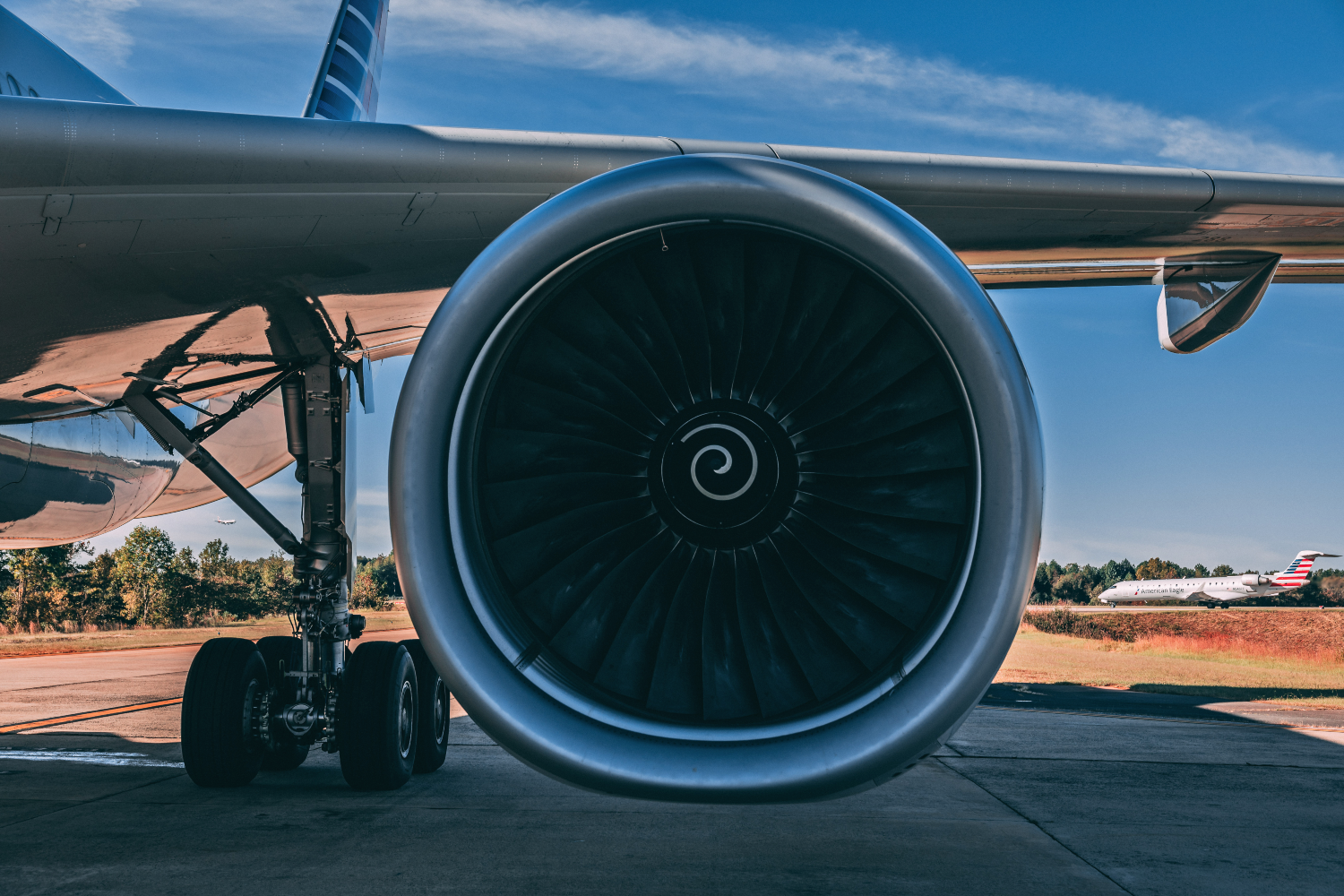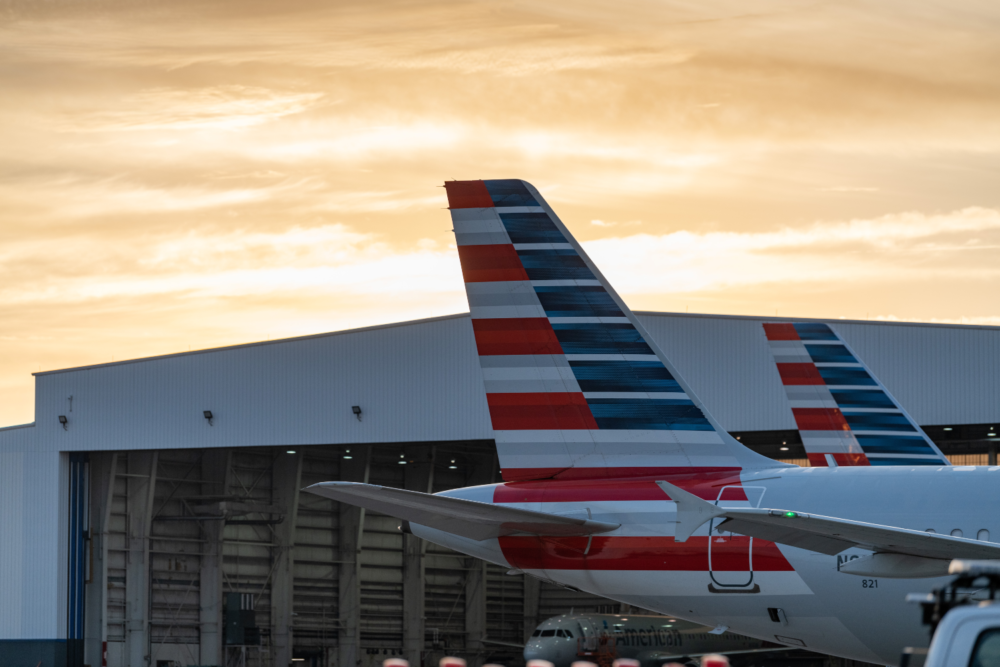American Airlines is teaming up with global transport and logistics business Kuehne+Nagel to use 11 million liters of sustainable aviation fuel. Both organizations have publicly stated their commitment to reducing aviation's environmental footprint. The partners see this kind of agreement as a good example of how to do that.
“Partnering with Kuehne+Nagel as part of our effort to reduce the impact of aviation on our planet has been an incredible example of the kind of collaboration that will drive real change,” said American Airlines' Jessica Tyler.
“This strategic, market-based solution will help create a cleaner supply chain and is aimed at accelerating our transition to a low-carbon future.”
Stay informed: Sign up for our daily and weekly aviation news digests!
Using sustainable aviation fuel remains the most effective way to reduce aviation’s environmental impact
Kuehne+Nagel says using sustainable aviation fuel is currently the most effective measure to significantly reduce aviation's environmental footprint. Their agreement with American Airlines means the equivalent of 25 Boeing 787-9 around the world flights can operate on a carbon-neutral basis. Alternatively, a Boeing 777 freighter could fly 13 million kilograms of carbon-neutral freight between Europe and North America.
Of course, the ideal way to reduce aviation's environmental impact is not to operate those flights. But airlines like American argue that, in the future, it will be possible to fly with minimal or zero environmental impact. The airline says;
"American Airlines set a goal to reach net-zero carbon emissions by 2050 and developed a clear pathway to achieve it. Reducing consumption of traditional jet fuel is a core focus of that strategy.
"American Airlines will take delivery of 9 million gallons (33 million liters) of sustainable aviation fuel over the next three years while working to facilitate broader advancements in policy, markets, infrastructure, and technology that will enable the transition to low-carbon aviation."
Agreements like this key to reducing aviation's environmental footprint
In the meantime, commercial deals like this are key to reducing aviation's environmental footprint in the short-term. Kuehne+Nagel says using sustainable aviation fuel reduces the amount of additional carbon introduced into the global carbon cycle by 75%. The remaining 25% is generated during the production, processing, and transportation of the fuel.
The logistics giant says that final 25% can be offset by overcompensating the amount of jet fuel kerosene replaced by sustainable aviation fuel up to a ratio of 1:1.33. Alternatively, external carbon reduction projects can be used as an offsetting tool.
“The demand for environmentally friendly air logistics services is certainly on the rise," says a Kuehne+Nagel spokesperson.
American Airlines sees these agreements as templates for the future
This is not the first such deal American Airlines has struck with a big customer. Just weeks ago, the airline signed a deal with professional services firm Deloitte. Around 330,000 people work for Deloitte worldwide. The multinational wants to reduce its business travel emissions per employee by 50% by 2030.
In February, American Airlines and Deloitte signed an agreement to use sustainable aviation fuel to reduce life cycle emissions from aviation by 3,050 metric tons of carbon dioxide (CO2). American Airlines says this is equivalent to approximately 10,000 passengers flying one-way from New York City to Los Angeles.
American Airlines sees these types of agreements as a model to reduce to hasten the transition from fossil-based fuels to more sustainable alternatives. Most big businesses are also keen to reduce their environmental impact. In that sense, these individual agreements make perfect sense. American Airlines is keen to forge ahead with this model. The airline sees it as a template to use across the broader aviation environment.
Do you think these kinds of deals to reduce the environmental impact of airlines are a good idea? Is it the way forward? Post a comment and let us know.



